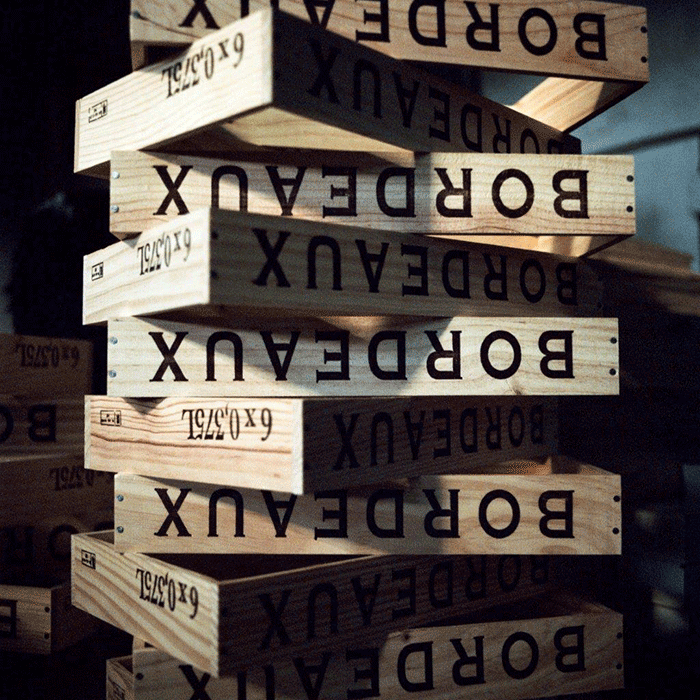Bordeaux 2013: a question of tasting
Author: Jonathan White
One of the main reasons why wine lovers are attracted to the wines of Bordeaux is the variations one finds from vintage to vintage. Each year is different and, while you may typically find stylistic consistencies from properties in recent times, it is the subtle changes in quality and characteristics that provide the intrigue and excitement.
Tasting the 2013s has been easier than we expected, but it is clear to us after our first day of sampling that the vintage has been a challenging one and in some places the quality isn’t quite there. Yields are down considerably almost across the board and Ben Sichel told us that Ch. Angludet picked 10 days before it planned, humidity in September meaning that it couldn’t wait due to fears of rot, particularly for Cabernet Sauvignon. In an average year, Ch. Angludet would expect yields of 45hl/ha, so 31hl/ha in 2013 is very low indeed. In the 1990s, yields were close to 55hl/ha so it highlights the pressures that the châteaux are under with regards to fewer cases being produced this year and the problems they face when it comes to pricing it.
Ch. Beychevelle also produced low yields, which it attributed to high plantings of Merlot in the vineyards. Currently, 50 percent is Merlot and many are young vines which produce less fruit. It also cited the weather conditions as being problematic and this necessitated very careful selections, which again reduces yields. Philippe Blanc, director at Ch. Beychevelle, told us that 2013 is not 2009 or 2010, it’s not a great vintage, but it is a good vintage. He also thinks the 2012 is better now than 12 months ago, so with careful use of oak, the 2013s could show better in the future as well.
What is also apparent after our first day is that properties with great terroir have had the most success this year, something that Paul Pontallier, MD of Château Margaux, suggested when discussing the fact that its Merlot was so disappointing that none was used for the Grand Vin. Fortunately, the estate is famed for its Cabernet Sauvignon and this completely dominates the blend and has helped create one of the more successful 2013s so far.
Claire Villars from Ch. Haut-Bages Liberal told us that reducing extraction was also a very important consideration in 2013, this showed with her wines, and those who have worked well and with little intervention with what they had available to them have been rewarded.
The highlights of our morning in Margaux and afternoon in St. Julien were Ch. Margaux which showed its class, aided in particular by its excellent Cabernet Sauvignon, Ch. Leoville-Poyferre which demonstrated substance and signs of some layered complexity and Ch. Brane Cantenac and Ch. Angludet which seem to be classic Clarets.
Henri Lurton from Ch. Brane-Cantenac has many fewer appointments this year than during previous campaigns. This is a surprise: it is in years such as 2013 that tasting the wines is imperative for both the merchants and the consumers (the Berry Bros. & Rudd tasting takes place in London during July), as this helps us all understand the quality and benchmark the wines against their contemporaries from other recent vintages.



